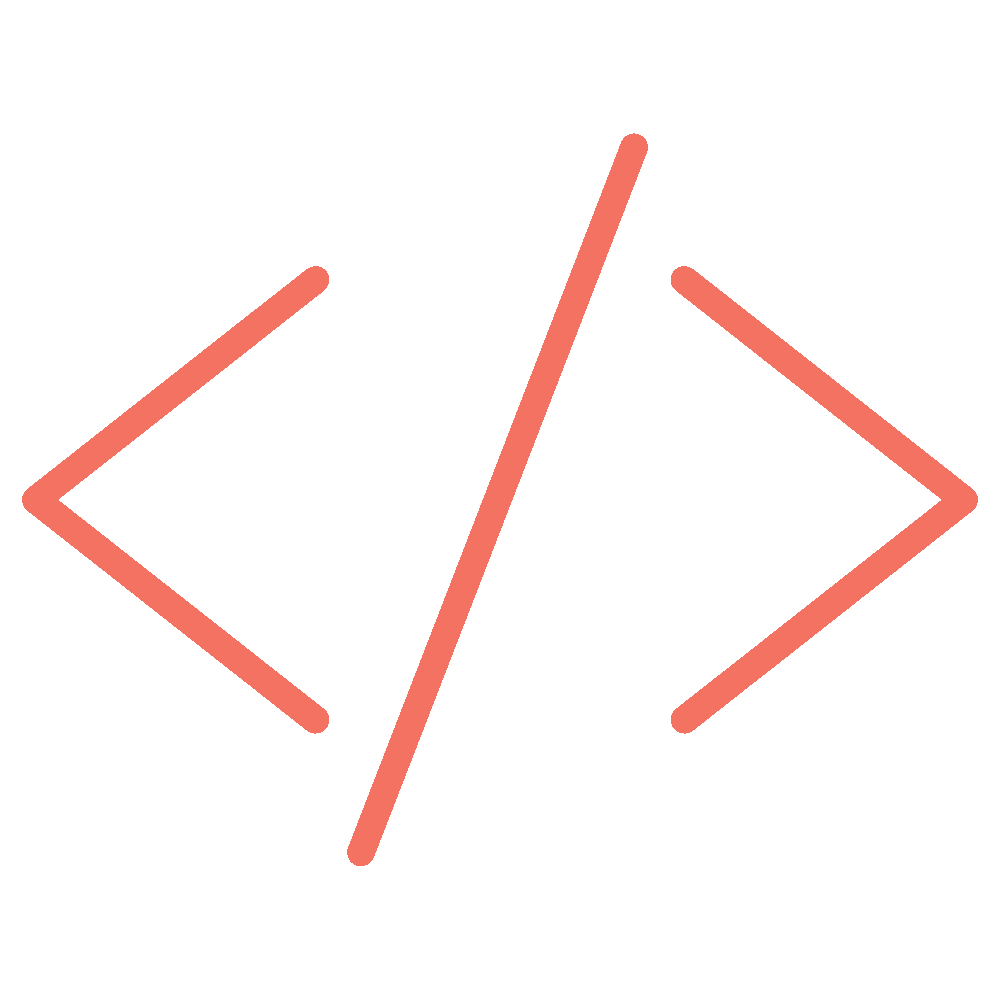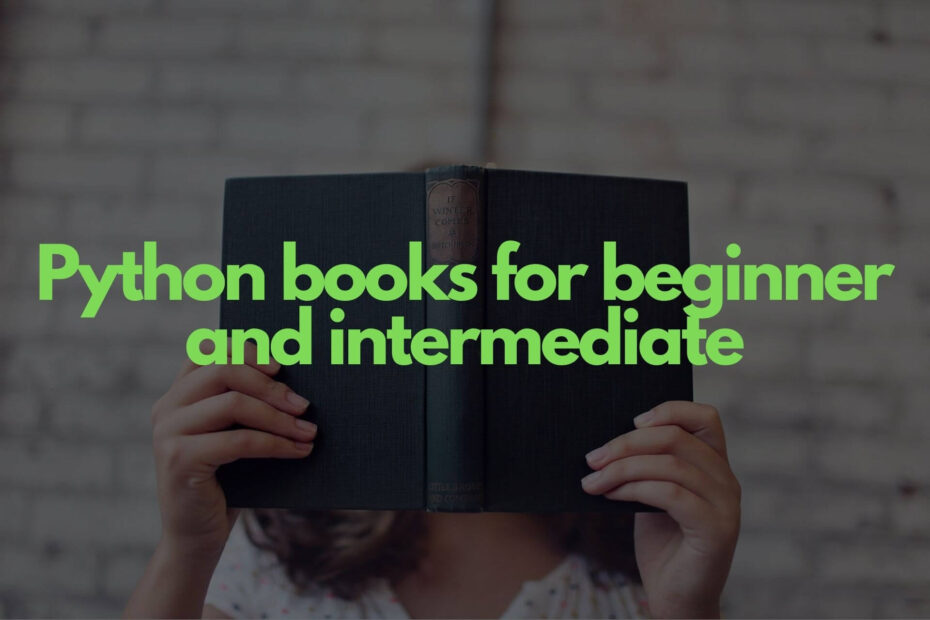Best Python Books for Beginners and intermediate of 2021
Share Post with your friends
Python is an interpreted programming language that can be used for web development, machine learning, and sophisticated data processing. Some programmers believe Python is an excellent first language to learn, while others believe it is an excellent final language to learn. Whatever the case may be, it is certain that Python is a very popular programming language to learn. Python programming possibilities are expanding as the language’s popularity grows.
Books may be a wonderful source of information if you want to learn Python programming. Books allow you to learn when and where you choose, even if you’re on the road, and they go into great detail. The Python community has suggested the following top ten Python books for beginners and expert programmers.
Table of Contents
Books for Beginner
Head First Python: A Brain-Friendly Guide by Paul Barry
If you’re tired of reading Python how-to manuals, Head-First Python is the way to go! This book is a brain-friendly guide and it uses a more visual style to stimulate your brain rather than a text-heavy approach that may quickly become dull.
Head-First Python begins with the In-Built Function and Structure and progresses through Python web applications, database administration, exception handling, data wrangling, and so on. You can learn about interesting subjects like comprehensions, context managers, decorators, and generators.
Python Crash Course: A Hands-On, Project-Based Introduction to Programming by Eric Matthews
Eric Matthews’ ‘Python Crash Course’ is a quick and thorough introduction to the Python programming language for novices who want to learn Python programming and build useful applications. The book’s goal is to get you up to speed quickly so that you can start developing actual programmes in no time. This book is also for programmers who have a hazy understanding of the language and want to brush up before diving into hands-on Python programming. You will discover libraries and technologies such as Pygame, Matplotlib, Plotly, and Django as you progress through the book and work with data to build interactive visualisations. You also get familiar with the concept underlying 2D games, how to design and deploy web apps. It is one of the top Python learning books recommended by Python programmers.
This 544-page book is divided into two halves. The first section of the book covers Python programming fundamentals, including dictionaries, lists, loops, and classes. You grasp how a Python programme works and how to develop clean, legible code as well as interactive programmes. The section concludes with instructions on how to test your code before incorporating it into a project. The book’s second half takes a more practical approach. It puts your skills to the test. It assesses your expertise by providing three distinct projects:
- Arcade game inspired by Space Invaders.
- A collection of data visualisations made possible by Python’s useful packages.
- A simple web application that may be deployed online.
Learn Python the Hard Way by Zed Shaw
Learn Python the hard way is entirely worth it. This book will teach you Python with 52 wonderfully designed activities. You must enter the code for these exercises precisely (without copying and pasting!) before correcting any errors and running the code. This will teach you how to write decent code and the methods that expert programmers use to resolve errors.
Learn Python the Hard Way begins by assisting you in installing a complete Python environment before moving on to Basic mathematics, Variables, Strings, Data Structures, Object-Oriented Programming, and other essential topics. This book claims to reward you for every minute you devote to it, with the ultimate result that you will be familiar with one of the world’s most powerful and popular programming languages!!!
The book is ideal for complete novices who have never coded before, junior developers, and other returning or seasoned experts who want to brush up on their abilities. To grasp the difficulties better, the book requires you to learn by doing actual coding by doing exercises and addressing problems. To give you a coding taste, the author even teaches you how to break, repair, and debug your code.
Learning Python by Mark Lutz
Another useful book for learning Python is Learning Python by Mark Lutz. It’s a must-read for curious developers, that is, those who want to grasp both the “why” and the “how.” It gives thorough Python coverage.
It covers virtually everything you need to know about Python programming, including data types, operators, statements, syntax, modules, functions, and packages. I really like the first chapter and Q&A session on Python and why people use it.
If you are a novice, this can be quite beneficial. One of the best things about this book is that each chapter concludes with a question, so you’re always challenged. In a nutshell, this is a must-read book for anyone just starting off.
You’ll also learn about several advanced Python language capabilities that have lately become increasingly prevalent in Python programmes.
- Investigate Python’s primary built-in object types, such as integers, lists, and dictionaries.
- Use functions to reduce code duplication and package code for reuse.
- Use modules to organise statements, functions, and other tools.
- Dive into classes: Python’s object-oriented programming tool for coding structure.
- Python’s exception-handling mechanism and development tools enable you to write huge applications.
- Decorators, descriptors, metaclasses, and Unicode are among the advanced Python tools covered.
Automate the Boring Stuff with Python: Practical Programming for Total Beginners by Al Sweigart
It is one of the best-selling Python books in the world, and it teaches Python 3 to everyone, from technically inclined novices to liberal arts majors and geeks. The books guide you through each programme step by step, showing you how to build Python programmes fast and efficiently. Al Sweigart, the author, also pushes his readers at the end of each chapter with new practise tasks.
Python fundamentals will be covered, as well as extensive library modules for activities like collecting data from websites, reading PDF and Word documents, and automating clicking and typing operations. The book’s second edition features a brand-new chapter on input validation, instructions on automating Gmail and Google Sheets, as well as advice on automatically updating CSV files.
Aside from the new chapter, you’ll also learn to write programmes that can search for text in a file or across multiple files, create, update, move, and change file name and folders, search the web and download online content, update and format data in Excel spreadsheets of any size, fill out online forms, and more.
Books for Intermediates/Experts
Fluent Python is the book for you if you want to be fluent in Python. It is a hands-on tutorial that will completely teach you in developing the most efficient Python code possible by utilising Python’s greatest capabilities. This is essential since most programmers try to apply patterns learnt in other languages to Python and so never learn its finest features.
Fluent Python begins with the Python data model and then progresses through data structures, functions, object-oriented idioms, control flow, metaprogramming, and so on. It is a comprehensive tour of Python’s fundamental features and packages, with the goal of teaching you how to make your code shorter, quicker, and more understandable.
Python Cookbook: Recipes for Mastering Python 3 by Brian K. Jones and David M. Beazley
The ‘Python Cookbook’ by David Beazley and Brian K. Jones can help you learn Python 3 programming abilities or upgrade existing Python 2 programmes. This cookbook contains recipes that have been tried and tested with Python 3. This book is ideal for experienced Python programmers who want to focus on contemporary tools and idioms rather than merely conventional code. The book contains full recipes for a variety of topics, including the Python language and its applications, as well as tasks common to a wide range of application areas.
Strings, data structures, iterators, functions, classes, modules, packages, concurrency, testing, debugging, and exceptions are among the subjects addressed in the book. The recipes described above assume that you have the requisite expertise to grasp the subjects covered in the book. Each recipe includes a sample code that the reader may utilise in their own projects. The code is followed by a description of how the code runs and also why the solution works.
Introduction to Machine Learning with Python: A Guide for Data Scientists by Andreas C. Müller and Sarah Guido
Many commercial apps and initiatives have included machine learning as an important component, and the number of applications that have done so has only grown over time. This book by Sarah Guido and Andreas C. Muller shows you how to construct machine learning solutions using the Python programming language. As the quantity of data used grows by the second, the only limit to machine learning applications is human creativity.
Throughout this book, you will learn how to construct a sophisticated machine-learning application with Python and the sci-kit-learn package.
The book first exposes you to the essential ideas and applications of machine learning before delving into the advantages and disadvantages of common machine learning algorithms. You will also learn sophisticated methods for model assessment as well as the idea of pipelines, which is used to encapsulate your workflow and chain models. Finally, the book offers recommendations to help you enhance your data science abilities.
If you’ve mastered the foundations of Python and are ready to get to work, Programming Python is the book for you. It will provide you with a thorough understanding of the key application areas of Python, such as system administration, GUI, web applications, databases, networking, and so on, via the use of numerous examples.
Programming Python begins with a Brief Python journey and then delves into System programming, GUI programming, Internet programming, and so on. All of these topics are taught in a straightforward and lucid manner, with several examples to ensure that you understand them correctly.
Grokking Algorithms: An illustrated guide for programmers and other curious people by Aditya Bhargava
Algorithms don’t have to be boring to learn in Python! This is illustrated by Grokking Algorithms, which breaks up the boredom of reading the thick multi-page proofs found in most algorithm textbooks. This book uses a lot of pictures to explain algorithms in a fun and engaging way.
Grokking Algorithms begins with simpler issues like sorting and searching and progresses to far more complicated topics like data compression, artificial intelligence, and so on. All of these subjects are covered with useful visuals and Python code samples.
Grokking Algorithms is pleasant, fully illustrated guide that teaches you how to apply basic algorithms to the actual challenges you confront as a programmer every day. Each meticulously presented example contains useful visuals as well as fully annotated Python code examples.











